Rice might seem like one of the simplest foods to cook—just boil water, add rice, and wait, right? Yet many home cooks know the frustration of ending up with mushy, sticky, or undercooked grains. The truth is, cooking rice is a skill that, once mastered, makes mealtime much easier.
Whether you’re preparing fragrant basmati for curry, sticky sushi rice, or fluffy long-grain rice for everyday meals, these simple steps will help you cook rice perfectly every time.
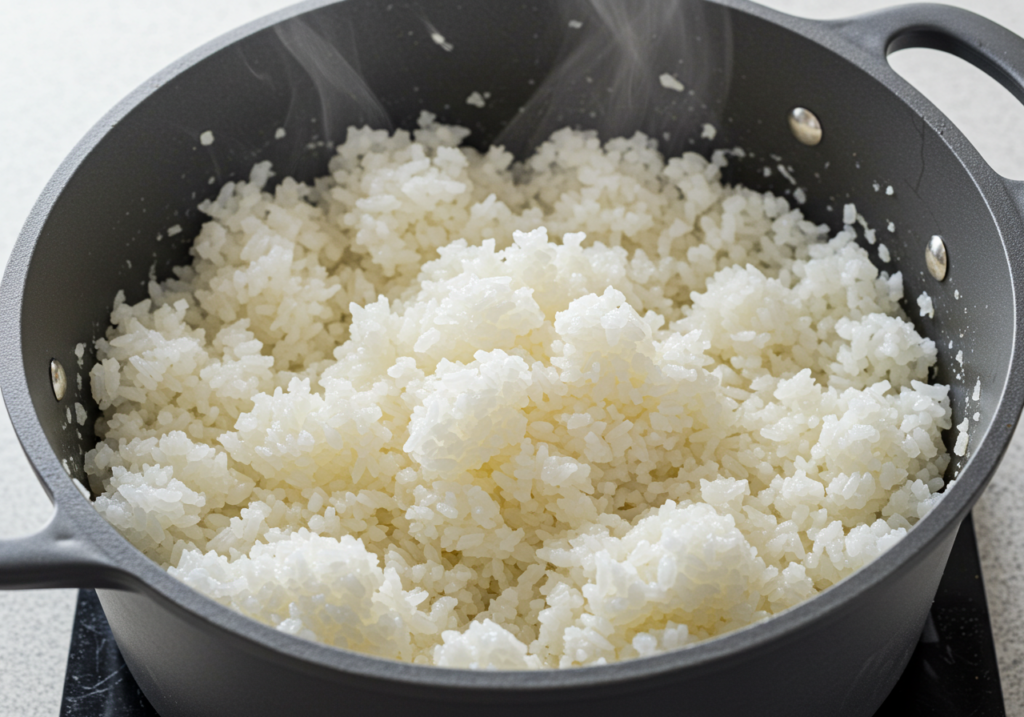
1. Choose the Right Type of Rice
Different types of rice behave differently, so knowing what you’re working with is the first step.
- Long-grain rice (basmati, jasmine): Fluffy, light, and separate grains—great for side dishes, pilafs, and curries.
- Medium-grain rice: Slightly sticky, ideal for paella or risottos.
- Short-grain rice (sushi rice, arborio): Soft and sticky, perfect for sushi, risotto, and puddings.
- Brown rice: Nutty flavor and chewy texture, but needs longer cooking time.
👉 Pro Tip: Always check the package for specific instructions, as different rice varieties absorb water differently.
2. Rinse Before Cooking
One of the most overlooked steps in cooking rice is rinsing. Raw rice is coated with surface starch that can make the grains gummy if not washed off.
- Place rice in a bowl and cover with cold water.
- Swirl with your hand, then drain the water.
- Repeat 2–3 times until the water runs clear.
This extra step ensures fluffy, separate grains instead of a sticky mess.
3. Measure the Water-to-Rice Ratio
Getting the right balance of rice and water is the real “secret.” Too much water leads to mushy rice, while too little leaves it crunchy.
Here are standard ratios:
- White long-grain rice: 1 cup rice → 2 cups water
- Basmati or Jasmine rice: 1 cup rice → 1 ¾ cups water
- Brown rice: 1 cup rice → 2 ½ cups water
- Short-grain rice: 1 cup rice → 1 ¼ to 1 ½ cups water
👉 Pro Tip: If unsure, start with the standard 2:1 ratio (2 cups water for 1 cup rice) and adjust as needed for the type of rice.
4. Master the Cooking Method
Cooking rice is less about stirring and more about patience.
- Add rice and water to a pot.
- Bring to a boil on medium-high heat.
- Once boiling, reduce the heat to low and cover tightly with a lid.
- Let the rice simmer gently until the water is absorbed.
🚫 Don’t stir the rice during cooking—it breaks the grains and releases starch, making it sticky.
5. Let It Rest
Here’s a step that many people skip: resting.
- Once the rice has absorbed all the water, turn off the heat.
- Leave the lid on and let it sit for 10 minutes.
- This allows steam to redistribute and makes the rice light and fluffy.
After resting, fluff gently with a fork instead of stirring with a spoon.
6. Boost Flavor with Simple Add-Ins
Rice doesn’t have to be plain. Small changes can make a big difference:
- Cook in broth instead of water for extra flavor.
- Add a pinch of salt or butter before simmering.
- Drop in a bay leaf, cardamom pod, or garlic clove for subtle aroma.
- Stir in fresh herbs, lime juice, or sesame oil after cooking.
Common Mistakes to Avoid
Even experienced cooks slip up with rice. Avoid these pitfalls:
- Lifting the lid too often: Releases steam, leading to uneven cooking.
- Using high heat throughout: Rice cooks best on a gentle simmer, not a rolling boil.
- Skipping the rinse: Leads to sticky, clumpy grains.
- Forgetting to rest the rice: Results in uneven texture.
Final Thoughts
Cooking rice doesn’t need to be intimidating. By choosing the right type of rice, rinsing properly, measuring water accurately, and letting it rest after cooking, you’ll consistently get fluffy, perfectly cooked grains.
The secret isn’t complicated—it’s about respecting the process and giving rice the time and care it deserves. Once you master this, rice can be the perfect base for countless meals, from stir-fries to curries, burrito bowls, and beyond.
So the next time you cook rice, follow these simple steps—you’ll never settle for soggy or undercooked grains again.



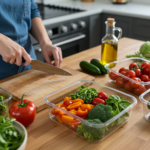

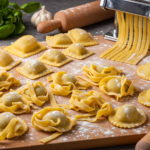


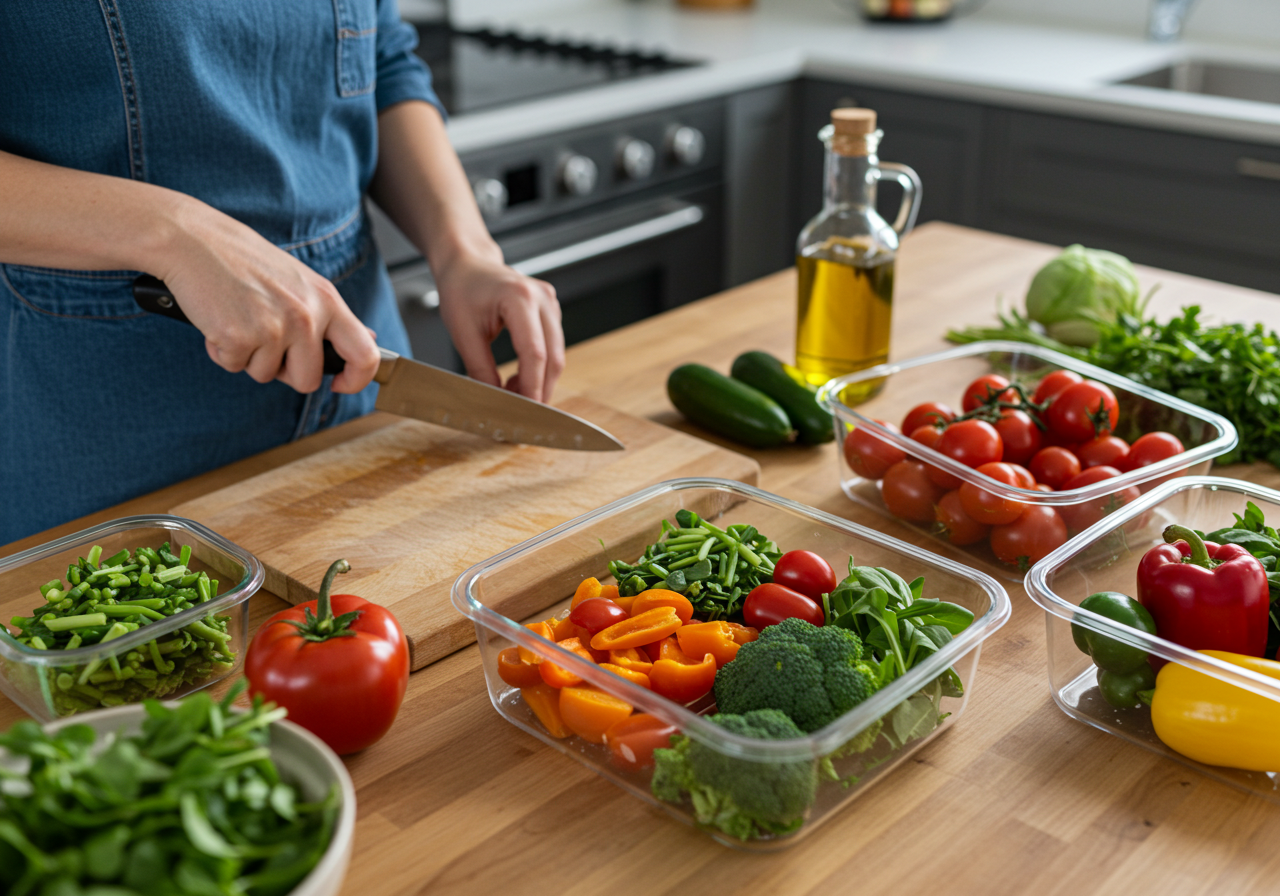
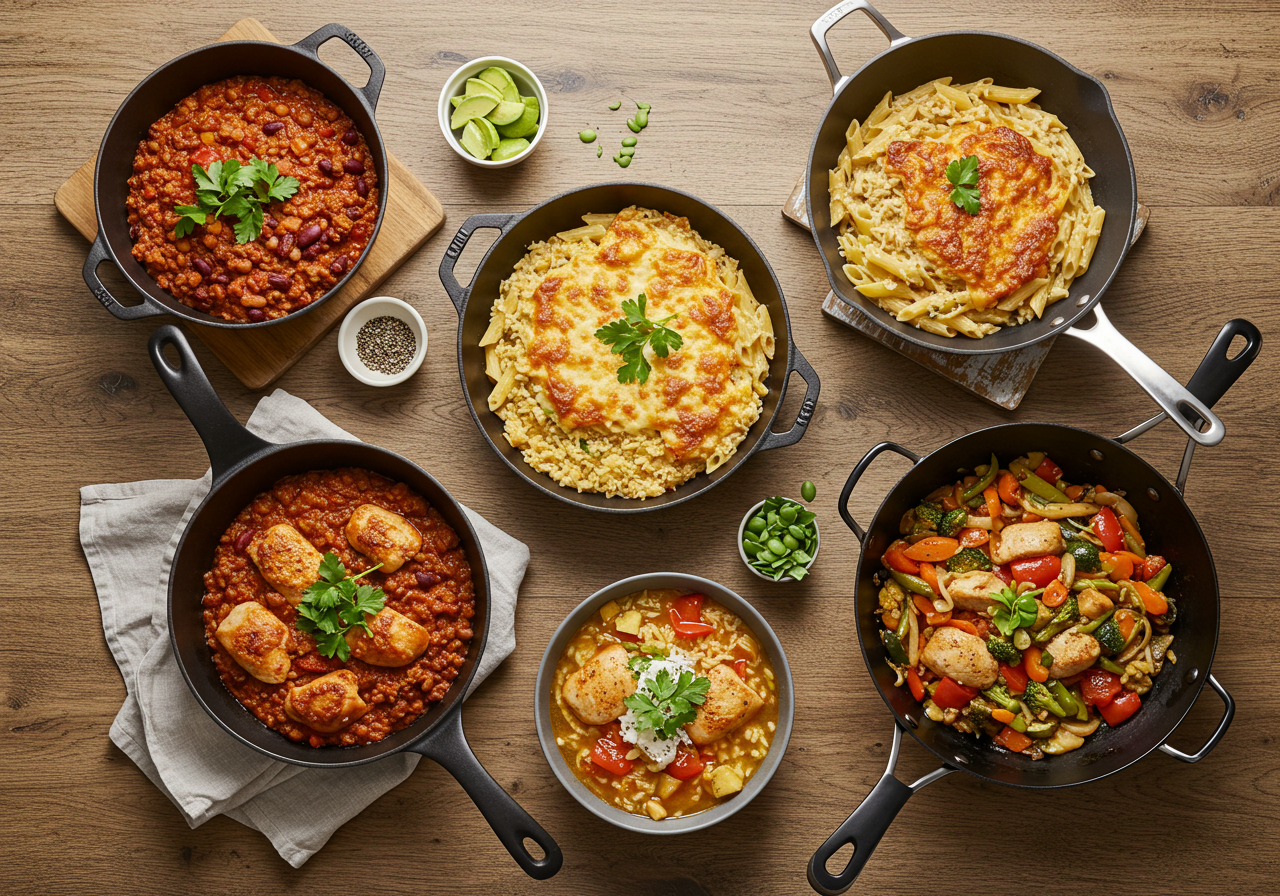
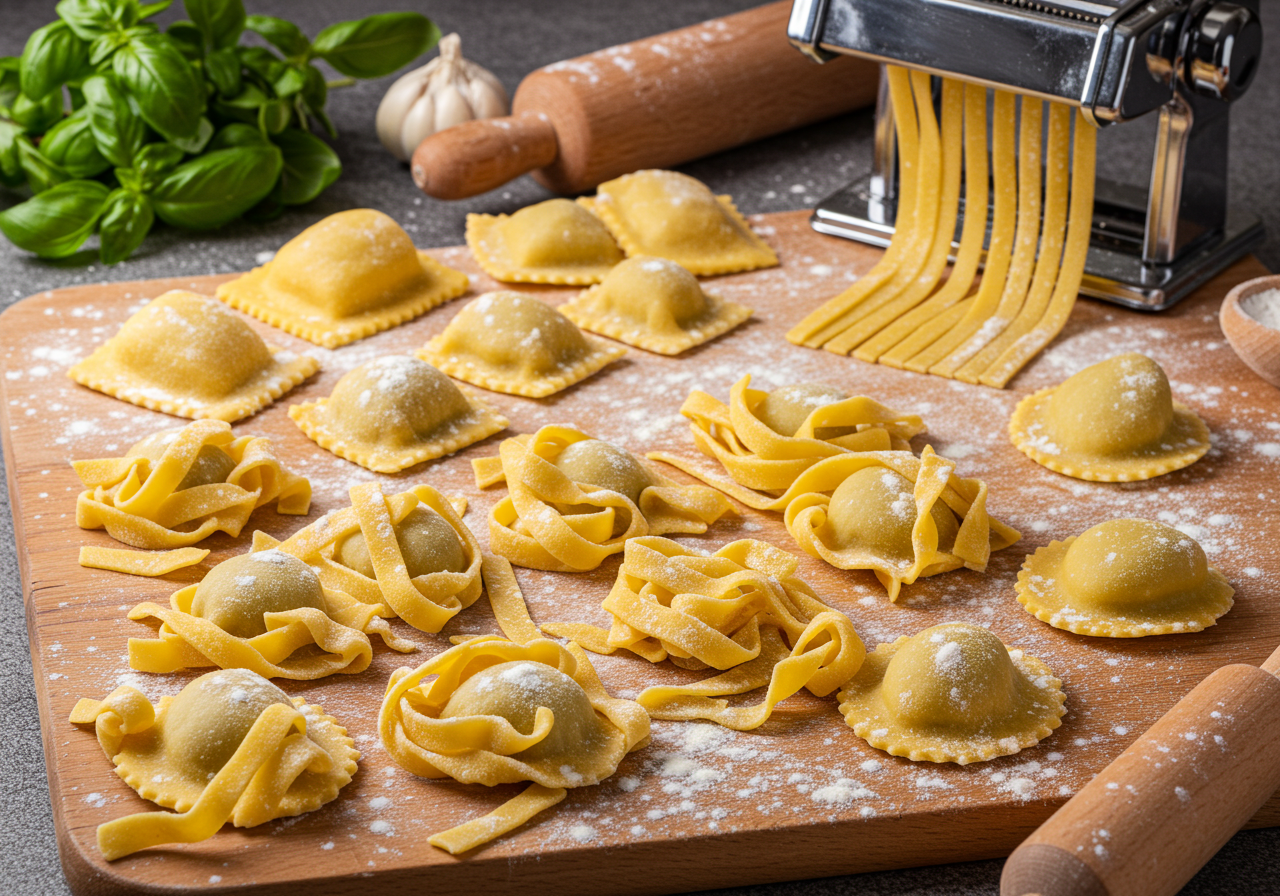
Leave a Reply